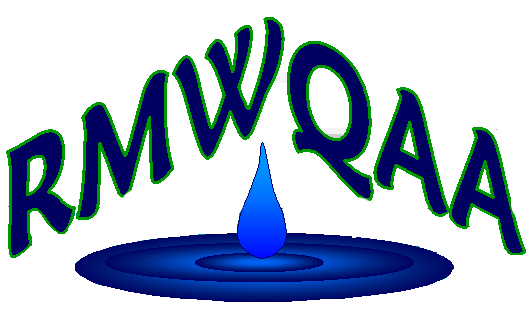Anyone working in an environmental laboratory can tell you that the work occasionally feels more detrimental to the environment than helpful. It’s difficult to feel like you’re working in favor of the Earth when ending a task means throwing away plastic pipettes and tips, cups, sample containers, and of course, nitrile gloves. This feeling isn’t unjustified either; the wide-spread use of single-use plastics and nitriles in laboratory work create an estimated 5.5 million tons of plastic waste in a single year [1]. This equates to almost 2% of all plastic waste created annually across the globe, despite researchers and scientists making up only 0.1% of the population [2]. Between plastic pipettes, pipette tips, tubing, plastic cups, disposable sample containers, and nitrile gloves, it can seem that there is little used in daily lab life that isn’t single-use, but how did the research field come to rely on these materials so heavily, and how can we steer toward a greener, more eco-friendly future?
It is difficult to deny that plastic is a convenient, reliable material that works well for many scientific purposes. Plastics gained popularity in lab settings due to their low cost, durability, sterility, and disposability, and in many labs single-use plastics continue to make up a majority of equipment. Plastic beakers and cylinders will not shatter when dropped, plastic pipettes do not need sterilization before and after use, plastic sample containers are lightweight and easily disposed of, and yet it’s hard to ignore that throwing all of these things away feels, and is, bad. In pursuit of a more eco-friendly field, we as scientists are beginning to seek out ways that we can implement ‘reduce, reuse, and recycle’ in our daily activities.
Reduction of single-use plastics is the clearest way to ensure that labs create less pollution. One option for this is to replace disposable plastic equipment with reusable glassware. Our WET testing lab has become more reliant on plastic over the last five years and is currently in the process of switching back from 12 oz. disposable plastic cups to 300 ml glass bowls for our Pimephales promelas tests, saving at least 30 plastic cups from the energy-intensive recycling process each time we run a test with the bowls instead. Sure, 30 cups may not seem like a substantial amount but we run up to 6 of these tests a week, every week of the year.
Even if only two P. promelas tests are run every week of the year, a total of 3,120 cups would be saved by using bowls. When plastic-ware cannot be replaced it can often be optimized to create the least amount of waste. Making these sort of changes isn’t necessarily easy or convenient (for example, the plastic cups are easier to decant effluent from and don’t require washing at the end of a test like the bowls do), and it certainly costs more initially to outfit a lab with glassware rather than plastics, but the reduced cost on the environment makes the monetary cost and effort well worth it.
Reuse of plastics in laboratory settings is often not feasible or safe due to the threat of contamination. Often times laboratory samples must be kept separate and sterile, and any cross-contamination could jeopardize the integrity of tests or experiments. That being said, keeping some materials, such as plastic pipettes, to be used multiple times with the same sample is an easy way to reduce single-use plastics while maintaining sample integrity.
Not all laboratory plastics can, or should be recycled, however, every step should be taken to properly dispose of the ones that can. Educating laboratory technicians on which of their materials are recyclable and not, as well as providing any necessary instruction on their disposal is a key part of ensuring a more environmentally-friendly lab. Keeping handy reference lists or guides for what materials can be recycled can be helpful in empowering employees to be more confident about their disposal decisions.
The responsibility of making these changes to create a more eco-friendly field lies on all of our shoulders. We can all make conscious choices in the designs of our experiments, our use of materials, and our allocation of funds to create workplaces that maintain efficiency and credibility while also becoming more sustainable.
[1] Urbina, M. A., Watts, A. J., & Reardon, E. E. (2015). Labs should cut plastic waste too. Nature, 528(7583), 479–479. https://doi.org/10.1038/528479c
[2] Facts and figures: Human resources. UNESCO. (2015, December 8). Retrieved February 18, 2022, from https://en.unesco.org/node/252277
[3] Niraula, A., Gautam, K., Gazda, M. A., & Krause, M. (2020, May 5). Reducing plastic waste in the lab. Chemistry World. Retrieved February 18, 2022, from https://www.chemistryworld.com/opinion/reducing-plastic-waste-in-the-lab/4011550.article
Ivy Sklenar Murphy is a laboratory technician at GEI Consultants, Inc., where she helps conduct Whole Effluent Toxicity (WET) testing for clients across the United States. She lives in the Denver area with her family and a myriad of animals, and enjoys spending time camping, foraging, and looking at things under her microscope.

